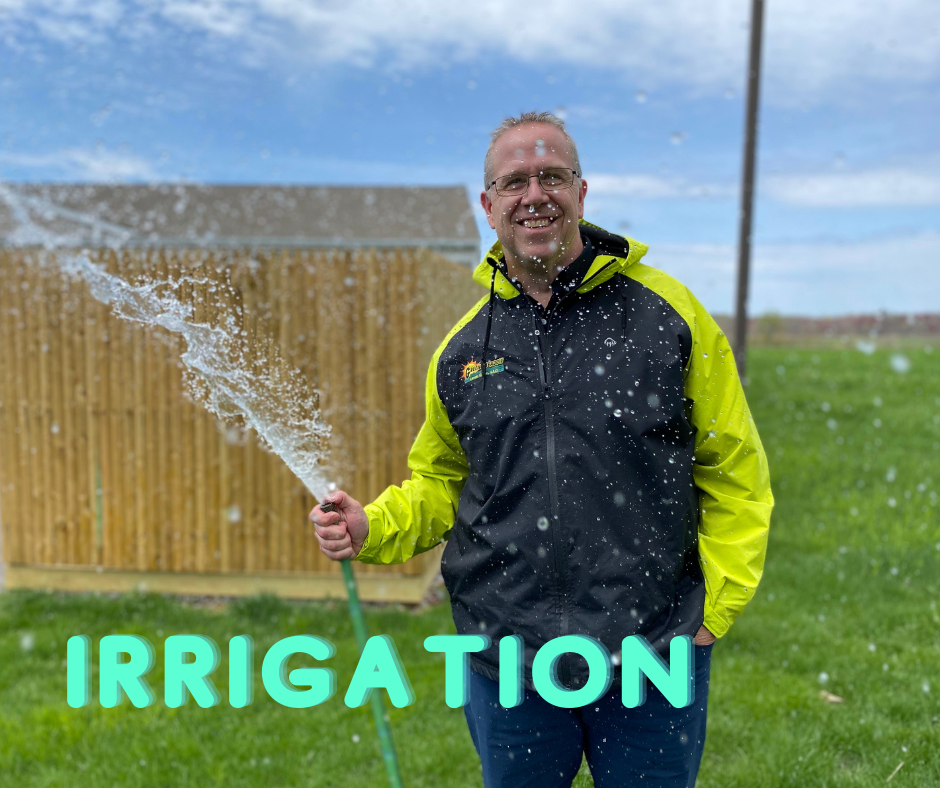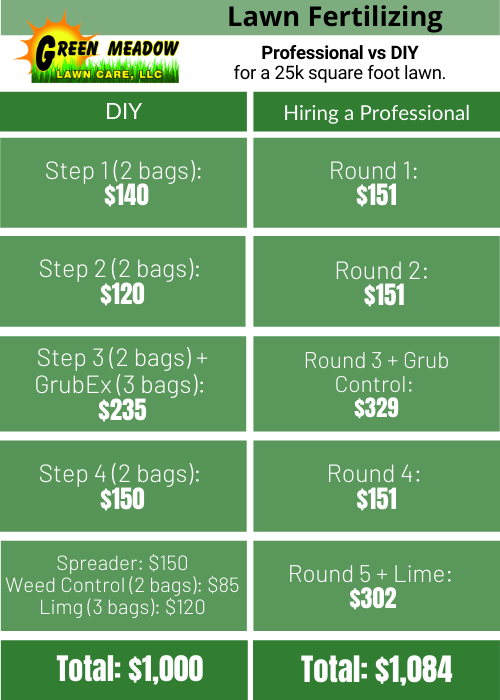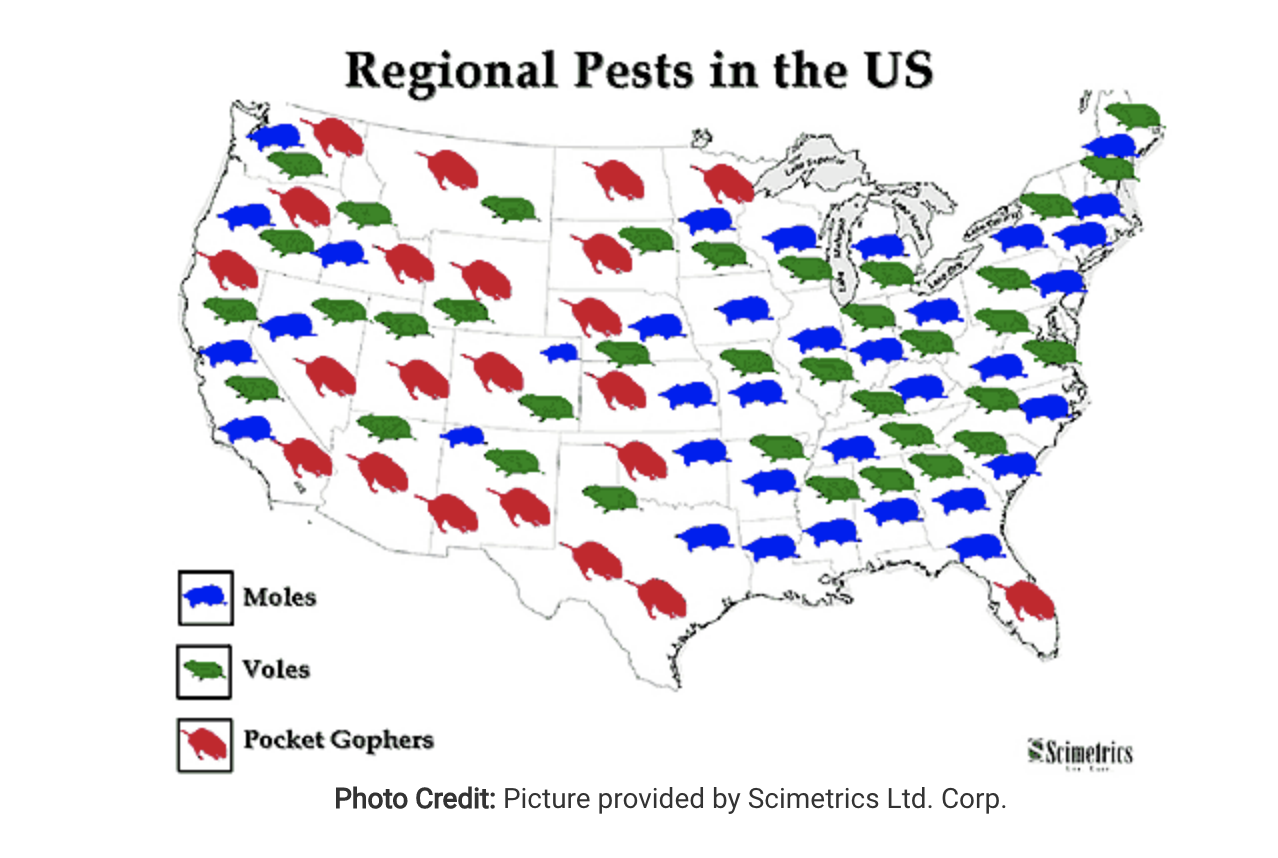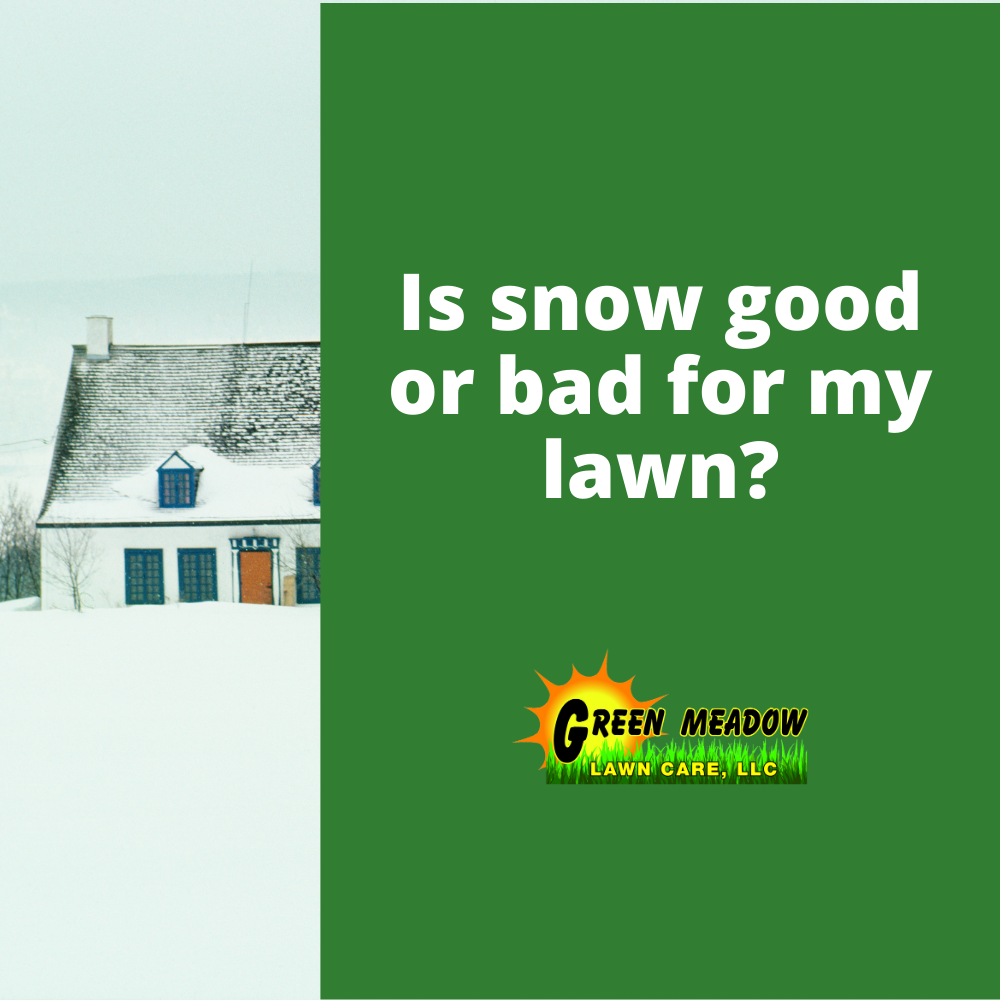Dave Schwarm
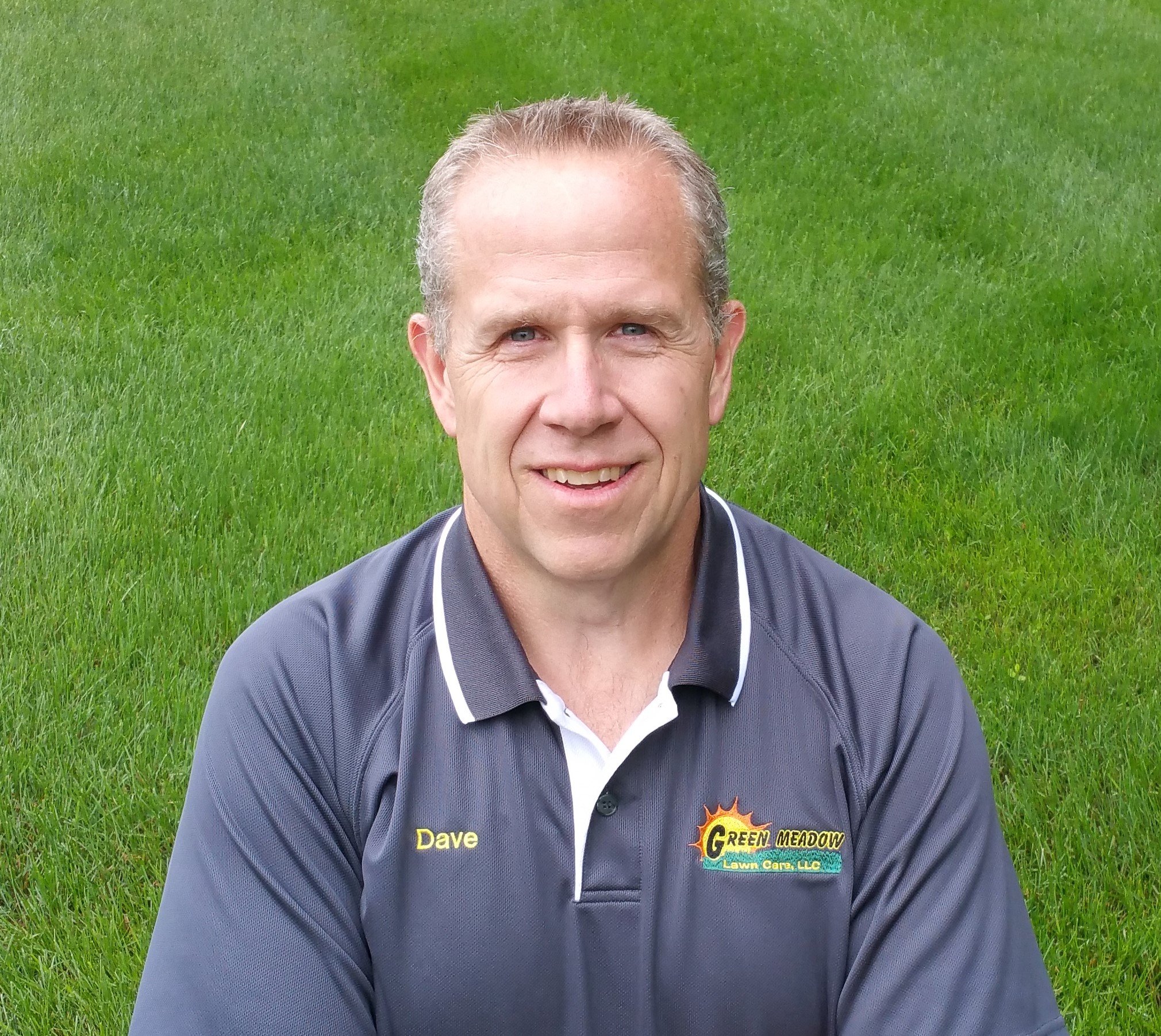
Recent Posts
Today we are going to talk about how grubs damage your lawn and what you can do on your own to repair it.
Grub damage can be terrible - you might look at a grub damaged lawn and be instantly overwhelmed and thinking it’s going to be a “big fix”. Don’t think so fast! Grub damage can be spot-repaired in no time. We’ll go over how with you.
What is Zoysia Grass?
Zoysia Grass is a warm season grass designed to perform really well in warm climates. Zoysia grass prefers the sun and it is very tolerant of heat and drought.
Why is Zoysia grass an undesirable grass in the Northeast?
Zoysia Grass is not designed to be in a New England Lawn. When it's cold, Zoysia grass goes dormant. For 6 months of the year, your lawn will be green and for the other 6 months of the year your lawn will be brown. It has a very low tolerance for shaded areas.
Zoysia grass can be useful in some areas such as golf courses, beaches, etc but it's often not preferred at homes. Zoysia is a very aggressively spreading grass - it can even sometimes be considered invasive because of its aggressive nature.
Don’t confuse bentgrass with turf grass. While it might look like a grass, it falls under the Undesirable Grasses category. It’s not a turf grass. It has a very shallow root system and can choke out your turf grass as well as invite many other disease, drought or insect related issues to your property.
Prevent Pythium Disease [8 Ways to Avoid Using a Fungicide]
Pythium is a destructive fungal disease that can spread very quickly in a lawn. It does the worst of its damage in hot and humid conditions. Pythium, like many other lawn diseases, can do a lot of damage in a short amount of time and is easier prevented than cured.
A tick’s life cycle occurs over the span of the year. Our goal? To disrupt it. When we treat for ticks, whether it’s a DIY method or a commercial application, our goal is to understand their life cycle so we know how to disrupt it.
Choosing the right irrigation system will depend on a several factors such as cost, efficiency, water conservation, the size of your lawn, which types of grass you have, etc.
Having an irrigation system will improve the overall health of your lawn by building its resistance to fungi, diseases and weeds. Which type of irrigation you choose, however, will have to depend on what's best for both you as a homeowner, and your lawn.
Below we'll go over both the pros and cons of above ground and under ground sprinkler systems:
Lawn Fertilizing Cost - DIY vs Hiring a Professional
Many people are challenged with the decision of whether to fertilize their own lawn or hire a professional to fertilize it for them.
We’ll go over the pros and cons of both options and break down the costs for you.
Most people who fertilize their own lawn do it with the goal of saving money. It's important to think about your time investment here as well. After all, you know how the saying goes... time is money.
Everyone knows that moles can dig tunnels and cause damage but did you know that voles and gophers are also diggers and can do significant damage to a lawn?
Determining which you have depends a lot on which part of the country you live in but we'll point out some of the major differences below:
Does snow fertilize a lawn?
Have you ever heard the old adage that snow is Poor Man's fertilizer? Well, it actually is! But not to the extent that you would find in a standard application of fertilizer.
Snow, rain, sleet, lightning and hail all collect Nitrogen, Sulfur and other nutrients as they pass through the atmosphere. It brings these nutrients to the ground, then your soil and then your grass.
While you can't count it as a full application, snow can supply up to 5 pounds of nitrogen per acre of land throughout a season.

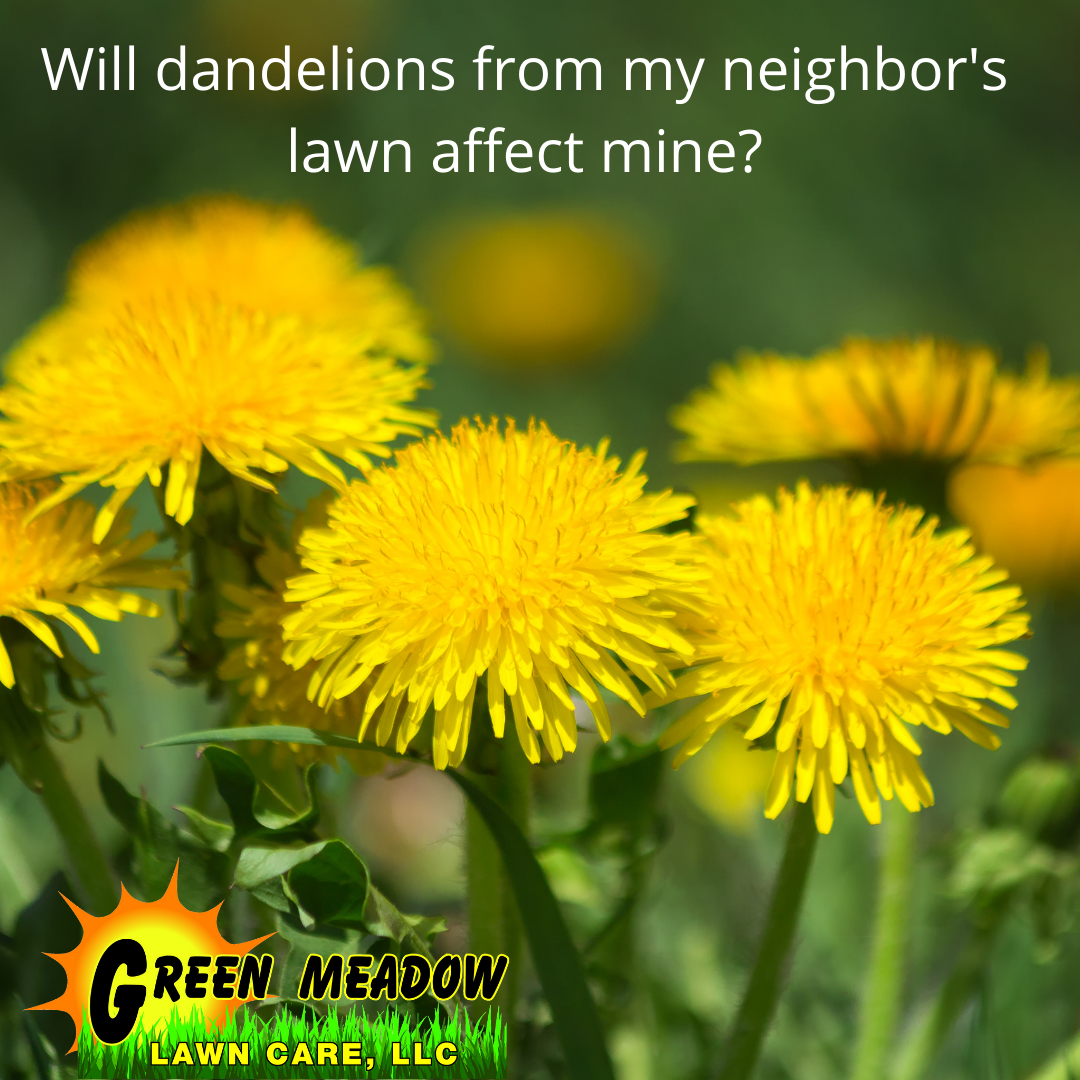
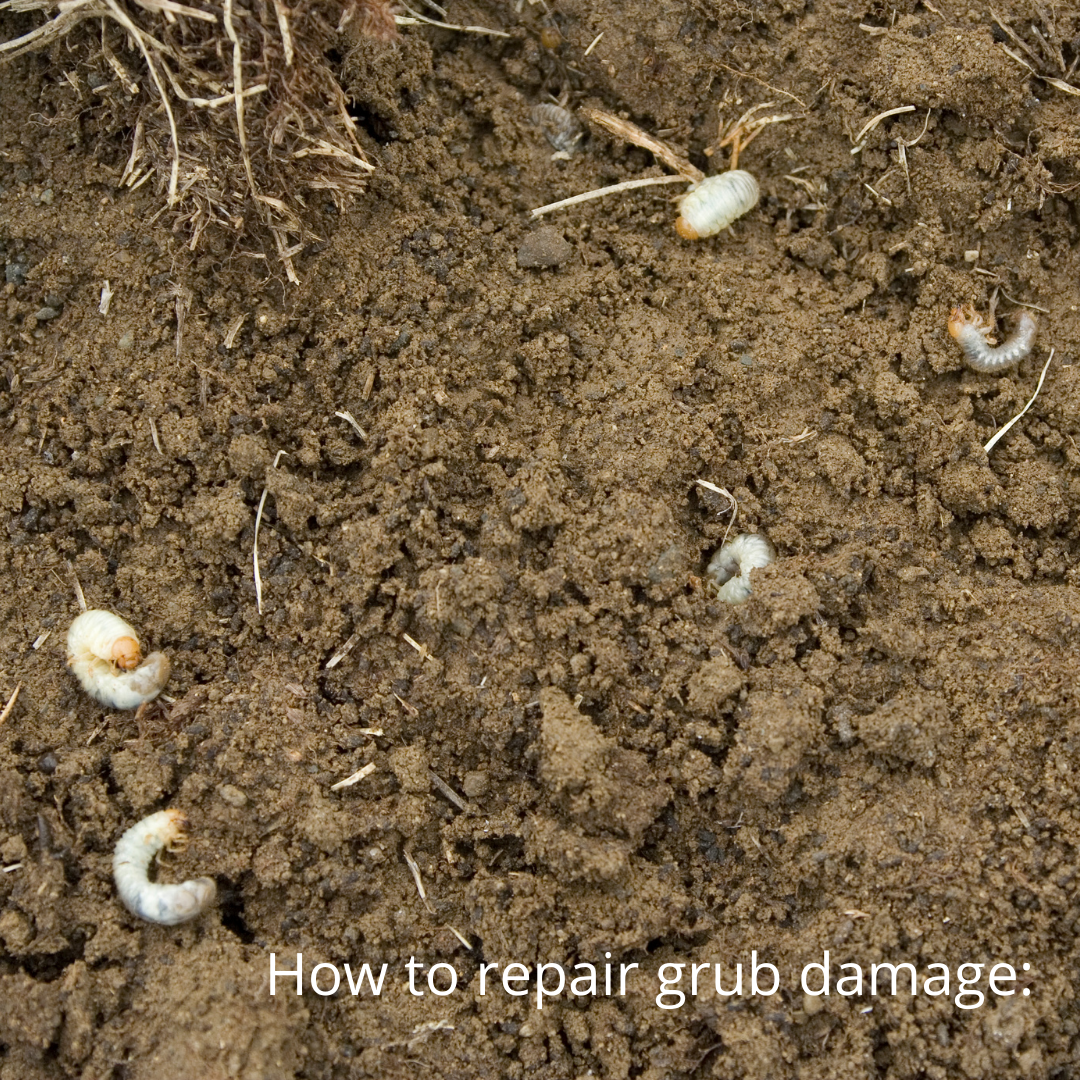
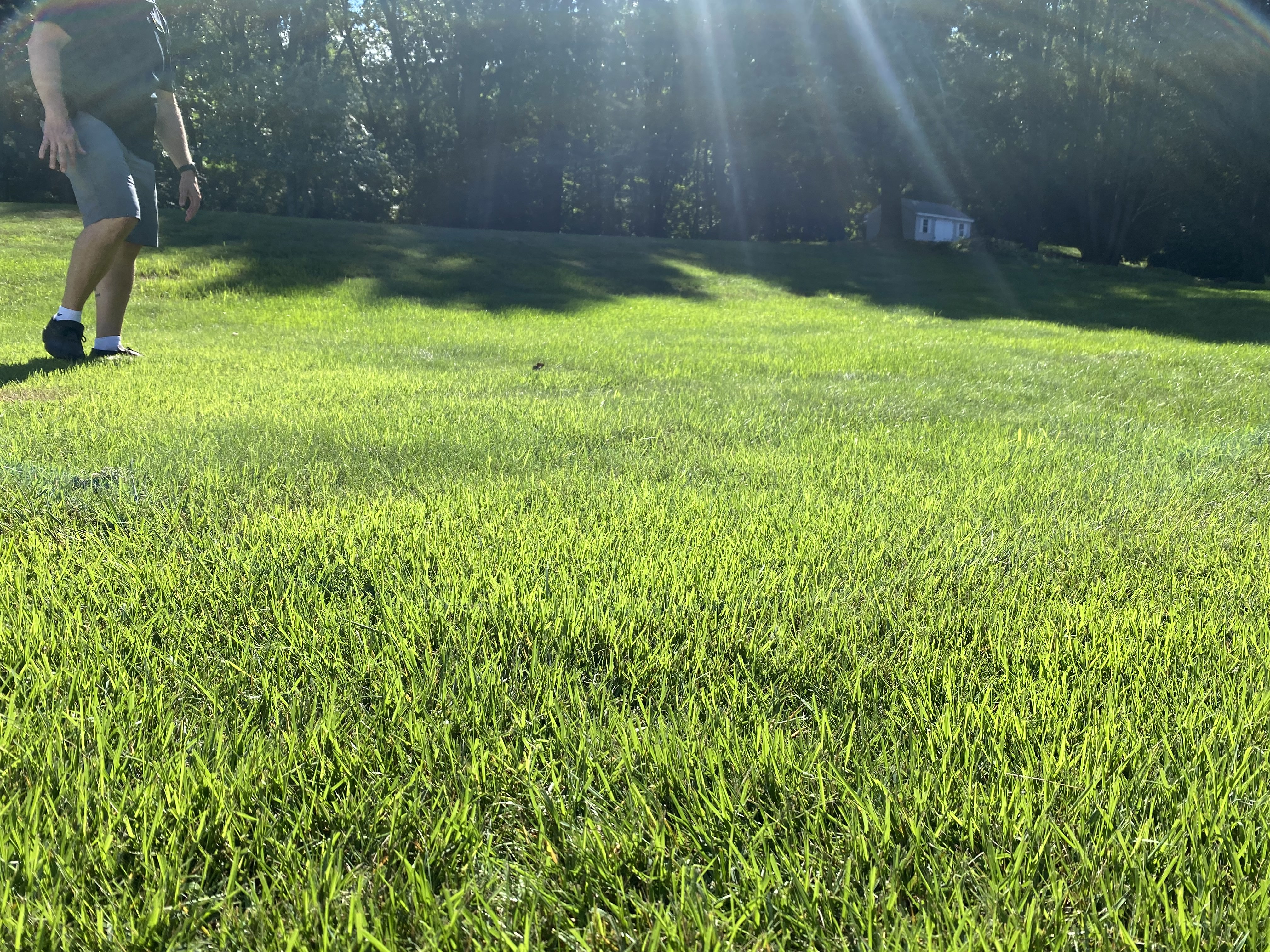

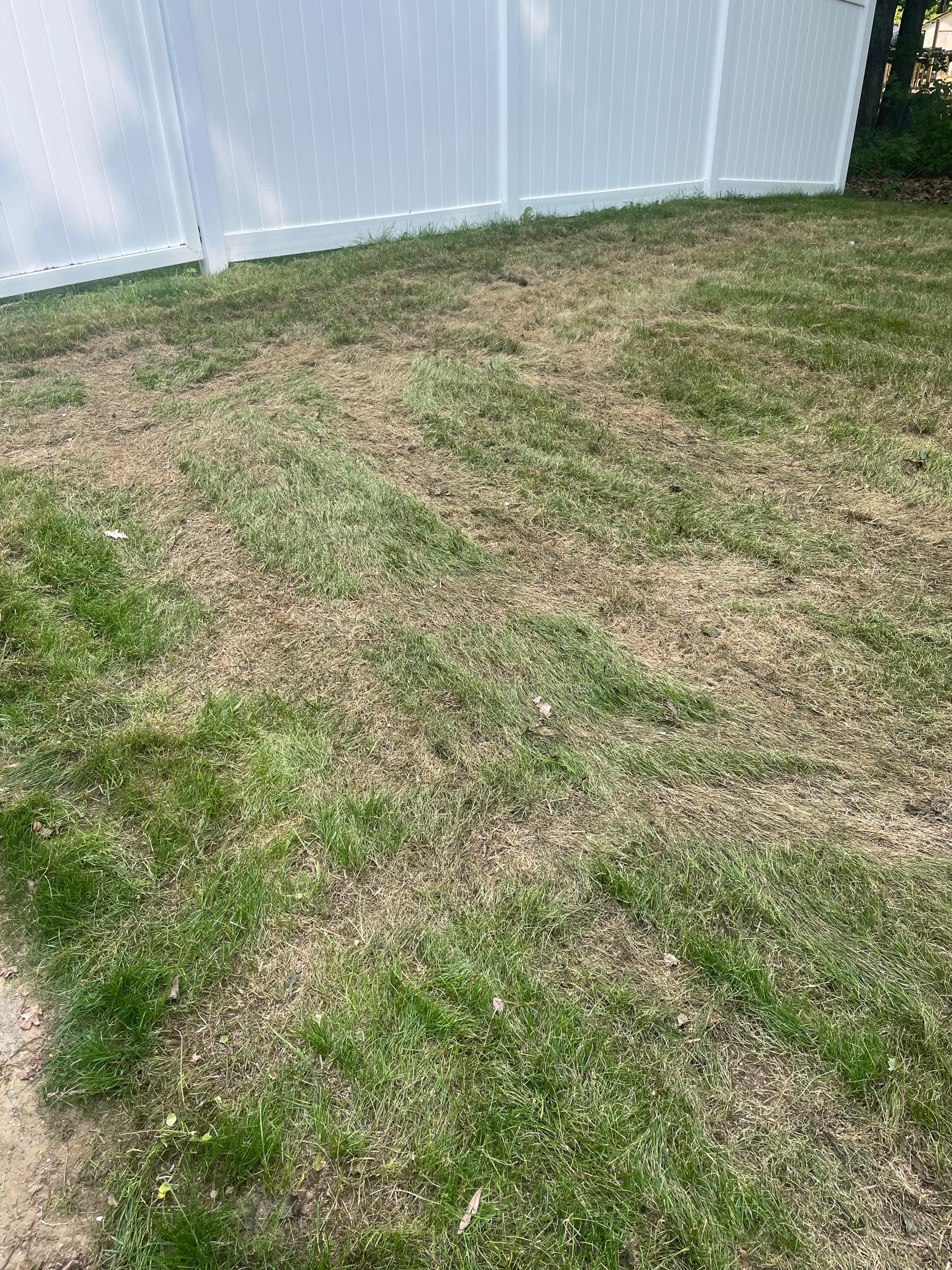
.png)
